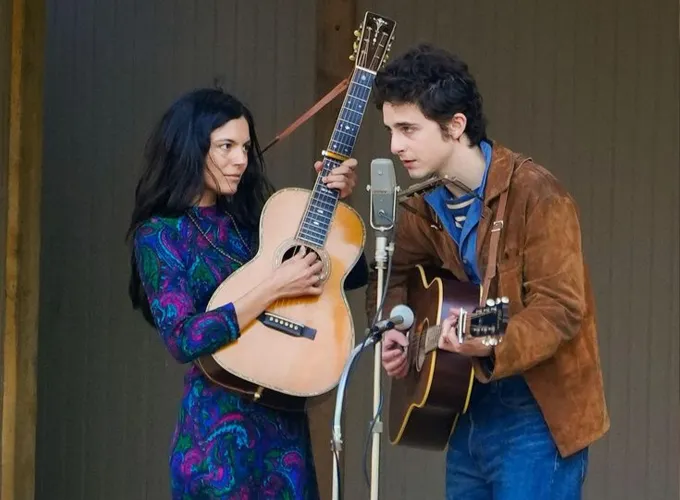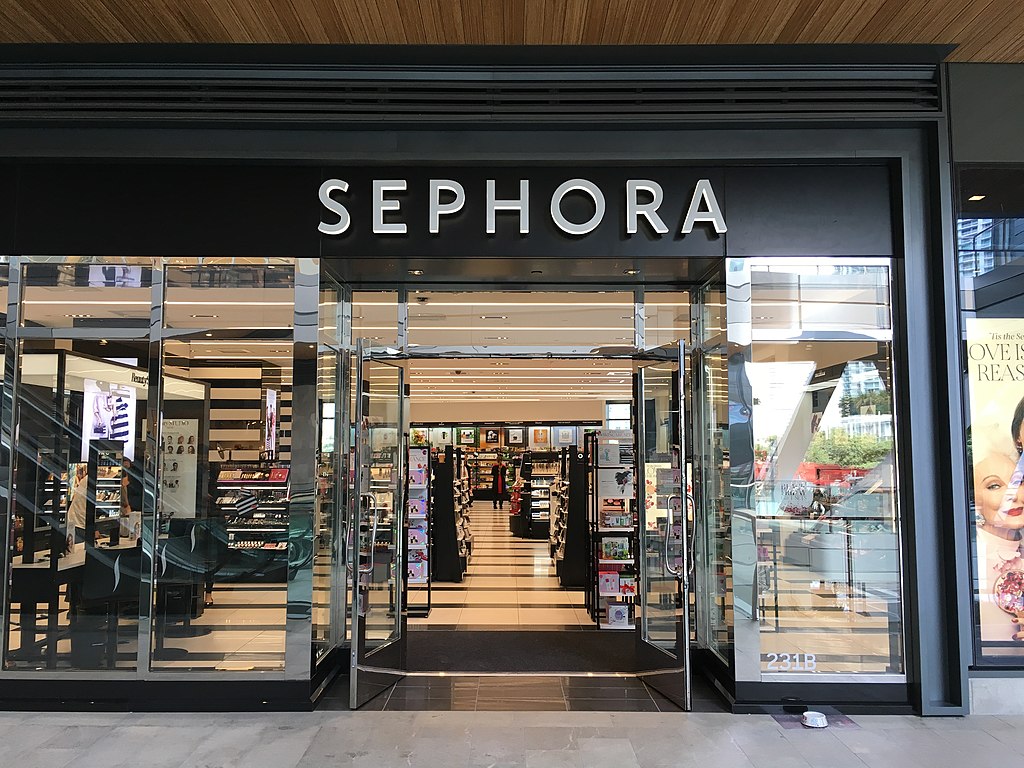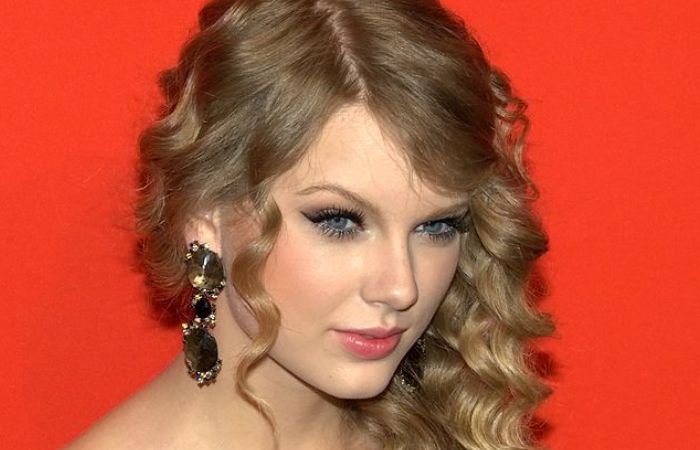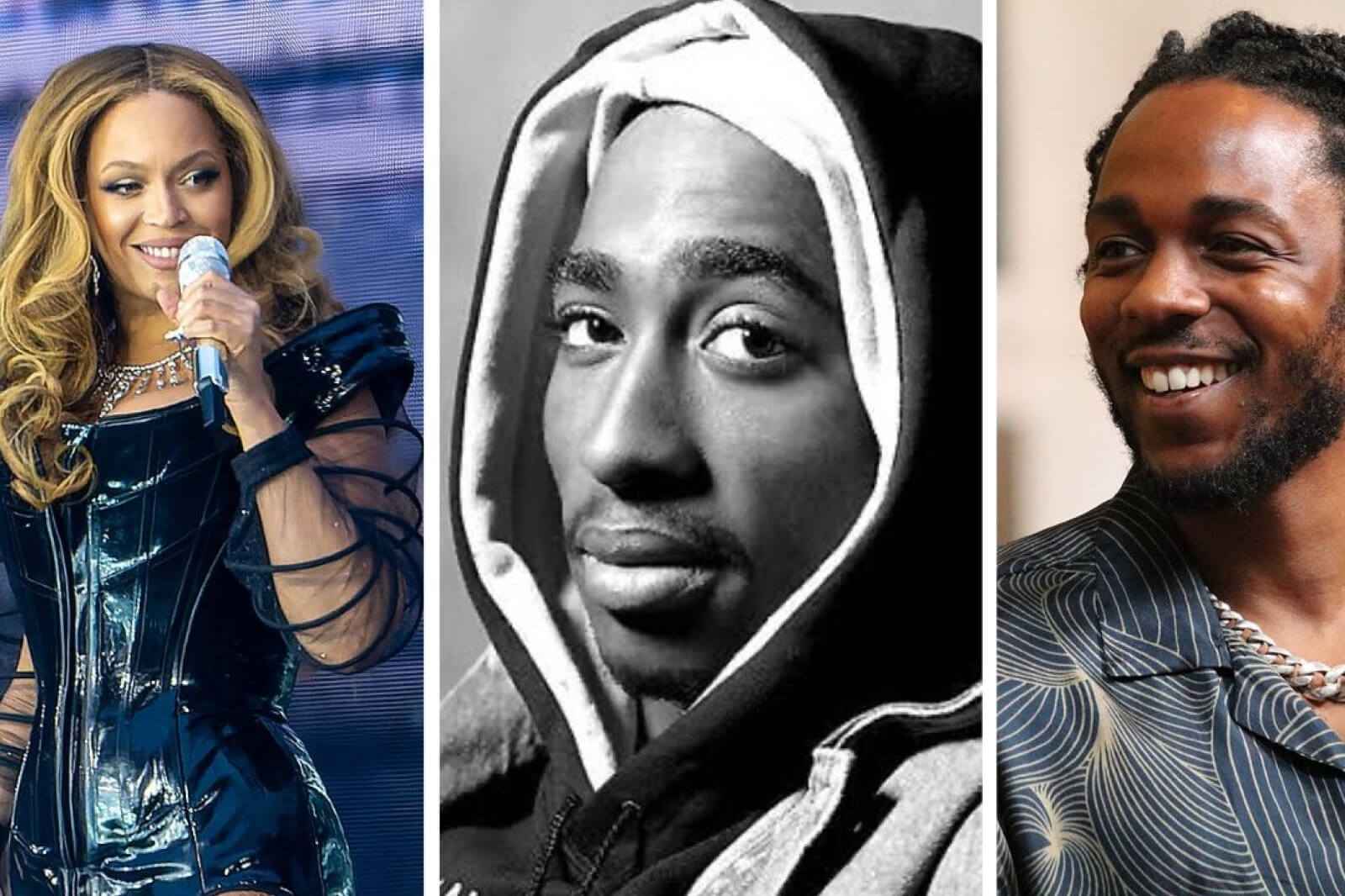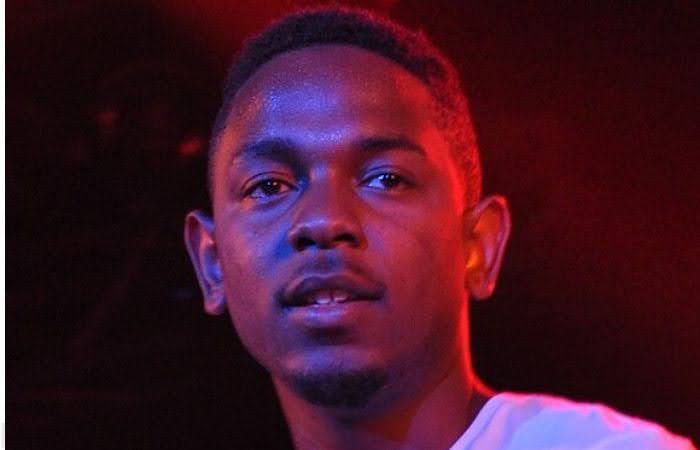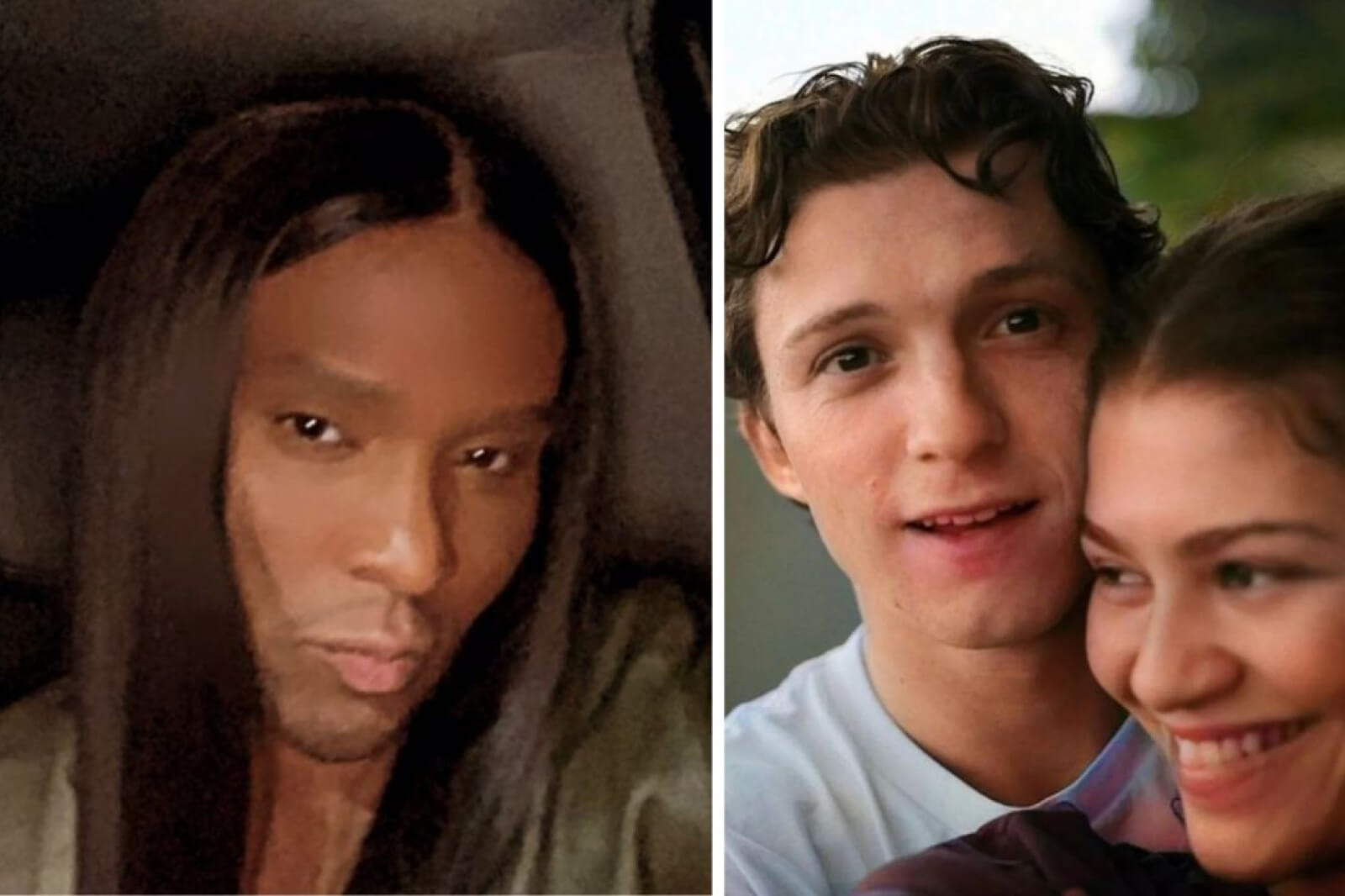Film
Oh No — Not Another Reboot!

Why Does Hollywood Keep Recycling the Past?
If you’ve been feeling a sense of déjà vu while scrolling through streaming platforms, you’re not alone. No matter where you look, old classics are being reimagined and revived. From the upcoming Harry Potter TV series to the Buffy the Vampire Slayer reboot, it’s clear that nostalgia is the main focus of today’s entertainment industry.
But why does Hollywood keep revisiting past successes instead of taking risks on fresh ideas?
One key reason is familiarity. Networks and studios love reviving beloved classics because they come with a built-in, established fanbase. A psychological phenomenon known as the “mere-exposure effect” suggests that audiences are more likely to engage with content they’re already familiar with. So, in an era where streaming services and traditional networks fiercely compete for attention, tapping into a well-loved franchise offers a familiar, loving audience, giving platforms a distinct advantage.
Sabrina the Teenage Witch was reimagined as The Chilling Adventures of Sabrina on Netflix, offering a darker, more mature take on Sabrina’s world. But it ended abruptly after only four seasons, unlike the original’s seven-season run with 22-26 episodes each.
The original series (1996-2003) thrived on its lighthearted, family-friendly comedy, blending magic with valuable life lessons—a charming structure the reboot never even attempted to capture. Again, we ask the question, if the creators wanted so much to change the original, why not create something new?
Let’s look at the Harry Potter franchise. Despite already being a global sensation as a film series, it’s being adapted as a new TV series by Warner Bros. Discovery. At first glance, this project makes sense—Potterheads have remained loyal for years, and with the original books and movies still generating boffo revenue, a TV series seems like a guaranteed way to keep the magic alive and the profits flowing.
However, many fans would likely prefer a fresh story within that magical universe. J.K. Rowling crafted a rich world bursting with untapped storylines—there’s the intriguing story of the Marauders, the rise of Lord Voldemort, and the origins of Hogwarts itself. These tales would captivate audiences, and Potterheads would eat them up with a spoon.
The trend of reboots and revivals shows no sign of slowing down. In October 2023, the Frasier revival hit the screen, bringing back Kelsey Grammer’s iconic character for a new audience. Similarly, The Crow reboot, starring Bill Skarsgård, debuted in August 2024, aiming to reintroduce the dark, cult-classic character to younger generations. Even Little House on the Prairie is getting a fresh take, with Netflix reportedly working on a new series.
And, of course, the much-anticipated Buffy the Vampire Slayer reboot is on the horizon—a show that I couldn’t wait to watch when I was a kid.
The original Buffy (1997–2003) is an American supernatural drama that built a devoted fanbase with its perfect blend of suspense, teen drama, and humor. The reboot aims to expand the universe and introduce The Slayer to a new generation. But it risks pissing off longtime fans. Buffy remains a cultural touchstone, so the reboot seems like a safe and uninspired choice.
The reason Hollywood relies on reboots is an industry-wide fear of failure. Rather than taking creative risks, studios rely on nostalgia and familiar characters to keep audiences coming back.
But what does this trend mean for original storytelling? If networks keep dropping reboot after reboot we’re stifling innovation in television. Sure, nostalgia-driven content is king right now, but audiences are constantly craving something new.
For every Gilmore Girls: A Year in the Life, there’s a Breaking Bad, The Bear, or Stranger Things—there are other original stories that remind us why audacious ideas can spark years and years of outrageous, terrifying, hilarious plots.
Personally, I believe it all comes down to the numbers. With countless streaming services battling for viewership, each one is focused on securing guaranteed success. The risk of launching something entirely new—only for it to fail—feels too great in an industry increasingly driven by financial security.
Hollywood was never about playing it safe, it was a place where bold, creative ideas thrived and where filmmakers took leaps and pushed storytelling forward. At its core, the industry was built on artistic expression and innovation. Sadly, like so many things, it’s all about big bucks these days. And we’re the ones missing out on the fresh, daring storytelling that once made Hollywood truly magical.


